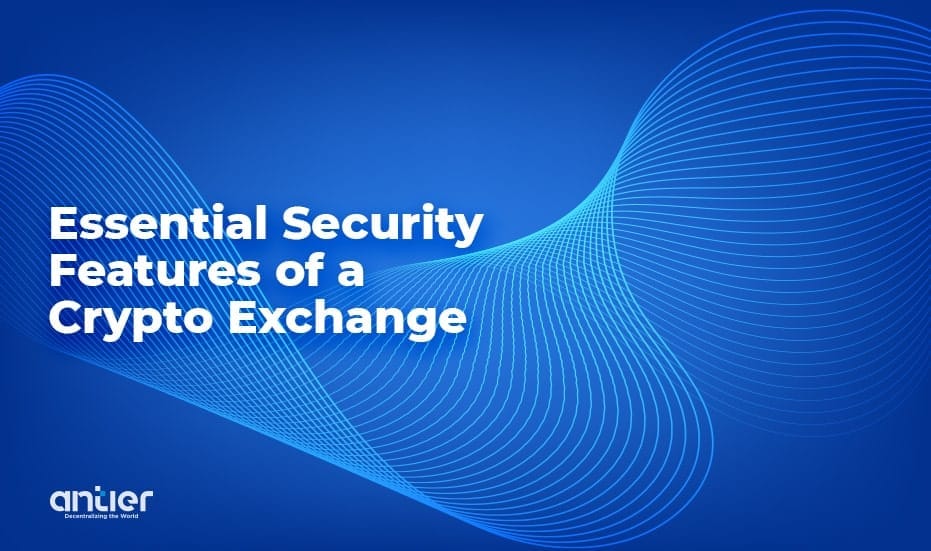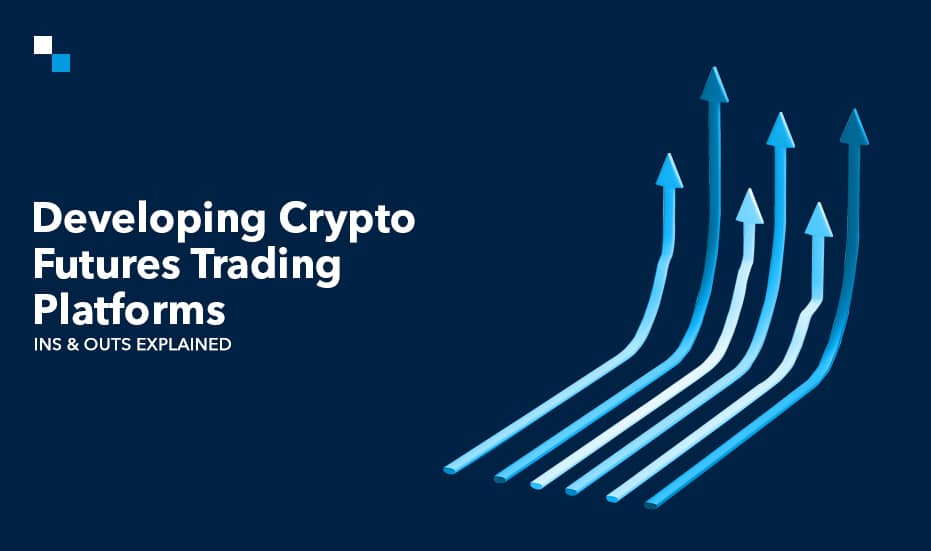
Does DeFi solve the challenges of Crowdfunding?
March 1, 2021
How to Develop Your DeFi Wallet With Top-notch Security & Reliability
March 1, 2021The year 2020 stood witness to a massive crypto price rally; the growth was accompanied by cyber-attacks and hacking incidents of a similar scale. Assets worth $1.8 billion were stolen from the exchanges in the first 10 months of 2020.
To counter the same, cryptocurrency exchanges and cryptocurrency exchange development services have taken strides to protect traders’ funds from sophisticated hacks. While some exchanges now tend to keep minimal funds in hot wallets, others have added multiple signatures to their wallets. Apart from this, many exchanges are keeping a close eye on the transactions to catch the hacks at a very early stage.
But the fact that hackers have become more sophisticated over time cannot be ignored. Some of the key changes the hackers have made in their hacking strategy are:
• Sophisticated phishing attacks
• Increased use of mixers to hide the source of crypto asset
• Faster cashouts
This suggests that cryptocurrency exchanges must raise the bar on anti-hacking security. They need to continue improving the security measures to stay ahead of hackers and attackers.
Here are some of the major security parameters that can provide multi-fold protection layers to traders’ funds:
Much required Security Parameters
Multi-Signature
After the infamous QuadrigaCX exchange scandal, multi-signature cryptocurrency wallets have become a basic security requirement for an exchange. Multisignature wallets, or more popularly known as multi-sig wallets, are basically a storage method that requires multiple signatures (cryptographic) to access the wallet.
Generally, two or more users share the private key and without their signatures no funds can be withdrawn.
2 Factor Authentication (2FA)
In simple terms, adding two-factor authentication to the cryptocurrency exchange is like adding a second layer of security. While the first layer is the user ID and password and the second layer of 2FA is a unique code that is generated on the authentication device.
The code used for 2FA is account-specific, randomly generated, and is generally received on the device the user chooses. Thus, to get into the user’s account, the hacker needs to lay his hands on the user ID password and the device on which 2FA is generally received.
This becomes an essential security parameter because cryptocurrency once stolen is very difficult to recover. White label cryptocurrency exchange software ensures such security parameters are built-in the script for secure development of exchanges.
Protection against DDoS
Cryptocurrency exchanges have become a prime target of distributed denial-of-service (DDoS) attacks. The exchange websites are being targeted with bogus traffic by someone who is trying to attack the exchange. Such overload brings down the services of the exchange. Some of the most common DDoS attacks are SSDP amplification, NTP amplification, and application-layer attacks.
According to Cloud Flare, a very popular crypto exchange experienced incredible traffic surge and it was uncovered that it is under 76 application-layer DDoS attacks. Services like Cloud Flare offer different DDoS protection solutions to prevent attacks.
Hardware Security Module
A hardware security module (HSM) is a physical computing device. It could be a plug-in-card or external device with an operating system developed with security as the focus. Once connected to the exchange, it executes a code to secure cryptographic keys.
The HSM is architectured in a way that it can help mitigate the side-channel attacks. Along with that
The device consists of cryptoprocessor chips. The security architecture includes meshes that can mitigate side-channel attacks or bus probing. Along with that, they come with built-in anti-tampering technology. In case there is a physical breach, the entire data stored is wiped off.
Web Protocol Security
Even today 29% of the crypto exchange websites are not optimally secured against cyber-attack. Some of the most common vulnerabilities that leave soft spots for attackers are:
• Absence of HTTP-Strict-Transport-Security (HSTS). The presence of HSTS ensures that all browsing sessions are secure and have HTTPS protocols.
• Prevention against clickjacking attacks is possible. Using the X-Frame-Options header, exchange websites can ensure that their content is not embedded into the attacker’s website.
• Some of the most common attacks are XSS and code injection attacks. Crypto exchange websites can use X-Content-Type-Options. Additionally, Content-Security-Policy (CSP) the header also helps reduce the risks of XSS attacks.
Avoid being a Low-KYC exchange
A low-KYC exchange attracts more malicious users. This is because the users with malicious intent can create an account with minimal details and attack the exchange without revealing their identity details.
If you are planning for cryptocurrency exchange development, Antier Solutions can help. We provide high-performance crypto exchange platforms fortified with institutional-grade security. Whether you need a white label website or a custom website built from scratch, we integrate it with market-leading security features to enable a secure trading experience.
Schedule a free demo of our white label cryptocurrency exchange software to understand how we reinforce our products with top-notch security or connect with our subject matter experts to share your needs for exchange development.



